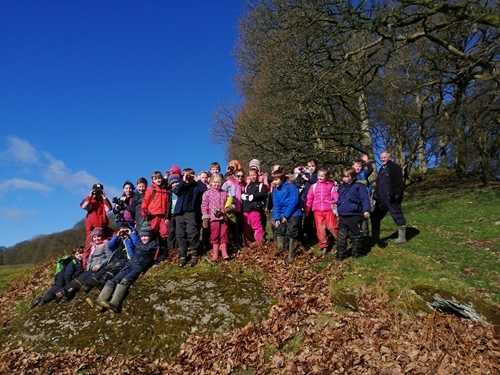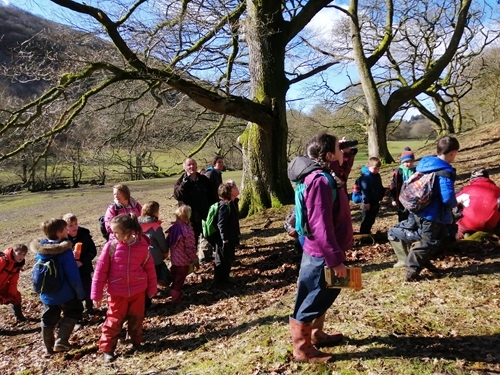
With over 73 different farms throughout Wales participating in the citizen science initiative, spotting more than 90 different bird species last month, Sue Evans director of the Game & Wildlife Conservation Trust Wales is keen to keep the momentum going.
“With the results just out, it’s important to stress how simple this exercise is. It needs no setting up, just allocating half an hour of time on a small area of the farm and then uploading the data on the GWCT app,” says Sue, who is delighted that not only NFU - the BFBC sponsors - but also the Farmers Union of Wales and the National Sheep Association all organised bird identification days this year.”
“This initiative is a showcase of the great work that farmers do to support biodiversity through their work such as planting of cover crops, trees, hedges, digging ponds, creating shelterbelts, buffer margins, planting herbal rich grass species etc,” she says.
“With 1500 farmers taking part throughout the UK, it’s a great opportunity to demonstrate what farmers are doing for our countryside as well as producing food for our nation,” she explains.
“The most common birds seen in Wales were blackbird, carrion crow, robin, blue tit and magpie, but out of the 90 different species noted in Wales, 19 of them were on the red list which means they are on the highest conservation priority list and risk extinction.”
“Next year we could see even more birds if we support farmers to plant cover crops and provide supplementary food for the seed eating birds through the hungry gap period between Christmas and the spring,” she adds.

As well as the 73 farmers who took part, schools also got involved. Three of which were from Powys with Clyro school sending twenty-seven children to get counting for the initiative for the second year. Hay School took over 100 children out and 25 from Gladestry school. All visited a local farm.
Teacher Mrs Philips from Clyro said that the children are always so excited to be outside and to get their waterproofs, wellies, and binoculars ready, referring to their bird books to help them learn more about out farm birds which we then discuss back in the classroom.
Hosted by Gwyn and Kate Lewis who have a mixed upland farm near Painscastle, and bird expert Nick Myhill, the children saw bullfinches, kites, buzzards, long tailed tits, blue tits, chaffinches, robins, long tailed tits, blackbirds, bullfinch, carrion crow, chaffinches, a great spotted woodpecker, house sparrow, a magpie, mistle thrush, mallards, ravens, robins, song thrush, a sparrowhawk, starling, stock dove, woodpigeon.
For further information on this press release and to get involved in next February’s count please contact Sue on sevans@gwct.org.uk
Notes to editors
More than 120 species across 1.4 million acres were recorded in last months initiative across the UK.
An impressive 25 red-listed species were recorded, with nine featuring in the 25 most commonly seen species. Of these, fieldfares, starlings, linnets and lapwings were the four most abundant red-listed species recorded, with over 67,000 total spotted, which equates to 24% of all species spotted. The five most abundant birds seen were woodpigeons, starlings, lapwings, black-headed gulls and rooks.
Half the participants are in some form of agri-environment scheme, demonstrating their long-term commitment to environmental management. 36% of farmers taking part were providing some form of extra seed feed for birds, either through growing wild bird seed mixes, or by providing additional grain through scatter feeding or via hoppers.